Okra—also known as lady’s finger or gumbo—is a nutritious, versatile, and widely cultivated vegetable that plays a central role in the cuisines of many tropical and subtropical regions. Whether it’s simmered in African stews, spiced into Indian curries, or used in Cajun gumbo, okra is both a culinary staple and an economic crop. But when it comes to global production, one country clearly leads the way.
So, which country is the largest okra producer in the world?
The answer is: India.
This article explores how and why India dominates global okra production, the contributions of other significant producers, and the global impact of this valuable vegetable.
A Brief Overview of Okra
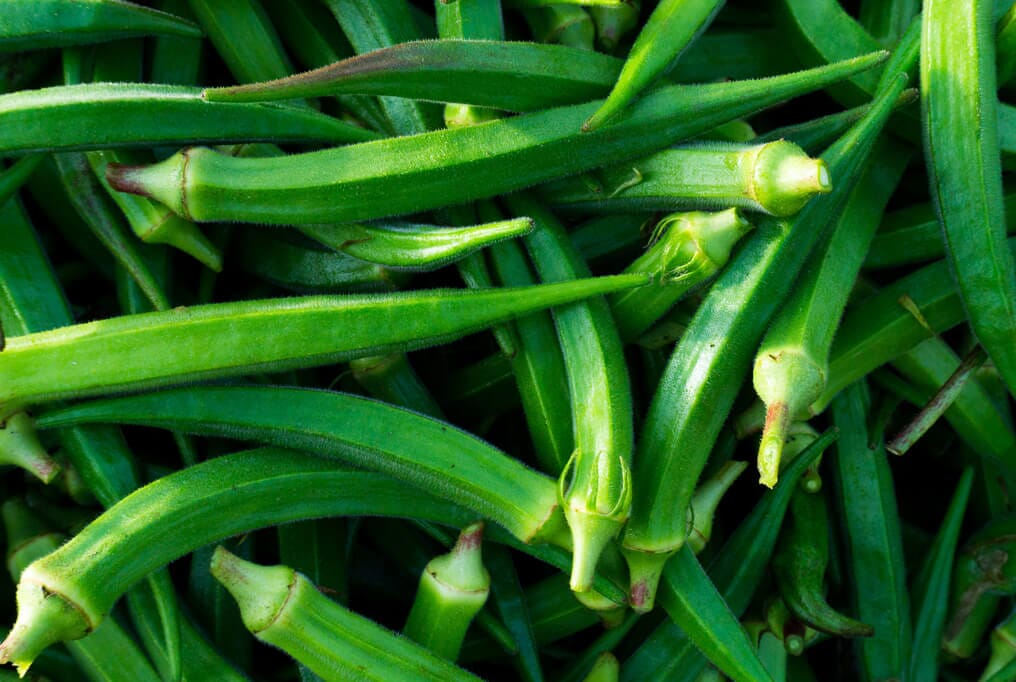
Okra (Abelmoschus esculentus) is a flowering plant in the mallow family, native to Africa but now cultivated extensively in tropical, subtropical, and warm temperate regions. The vegetable is prized for its edible green seed pods and mucilaginous (gel-like) texture, which helps thicken stews and soups.
Nutritional Value of Okra
- Rich in dietary fiber – supports digestion
- High in vitamin C and vitamin K
- Contains antioxidants, including polyphenols
- Low in calories and fat – ideal for weight management
Okra is used fresh, dried, pickled, and even powdered, making it one of the most adaptable vegetables globally.
Global Okra Production: The Big Picture
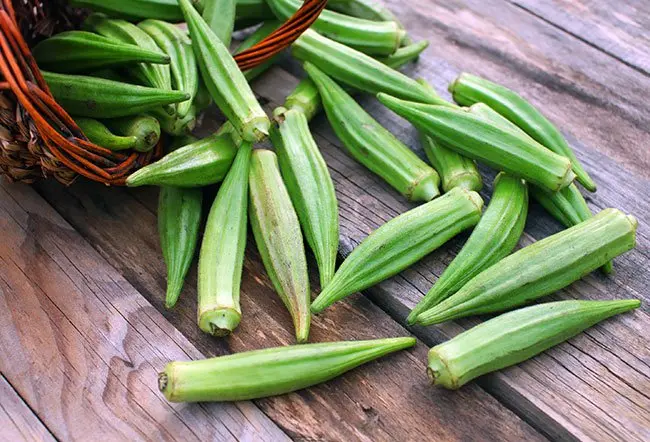
According to FAOSTAT (Food and Agriculture Organization of the United Nations), over 10 million metric tons of okra are produced globally each year. The production is concentrated mainly in Asia and Africa, where climatic conditions are most favorable.
Top 5 Okra-Producing Countries (Approximate Annual Production):
| Rank | Country | Production (Metric Tons) |
|---|---|---|
| 1 | India | ~6.4 million |
| 2 | Nigeria | ~2.1 million |
| 3 | Sudan | ~300,000 |
| 4 | Iraq | ~280,000 |
| 5 | Côte d’Ivoire | ~240,000 |
India produces more than 60% of the world’s okra, establishing its dominance in this sector.
India: The World Leader in Okra Production
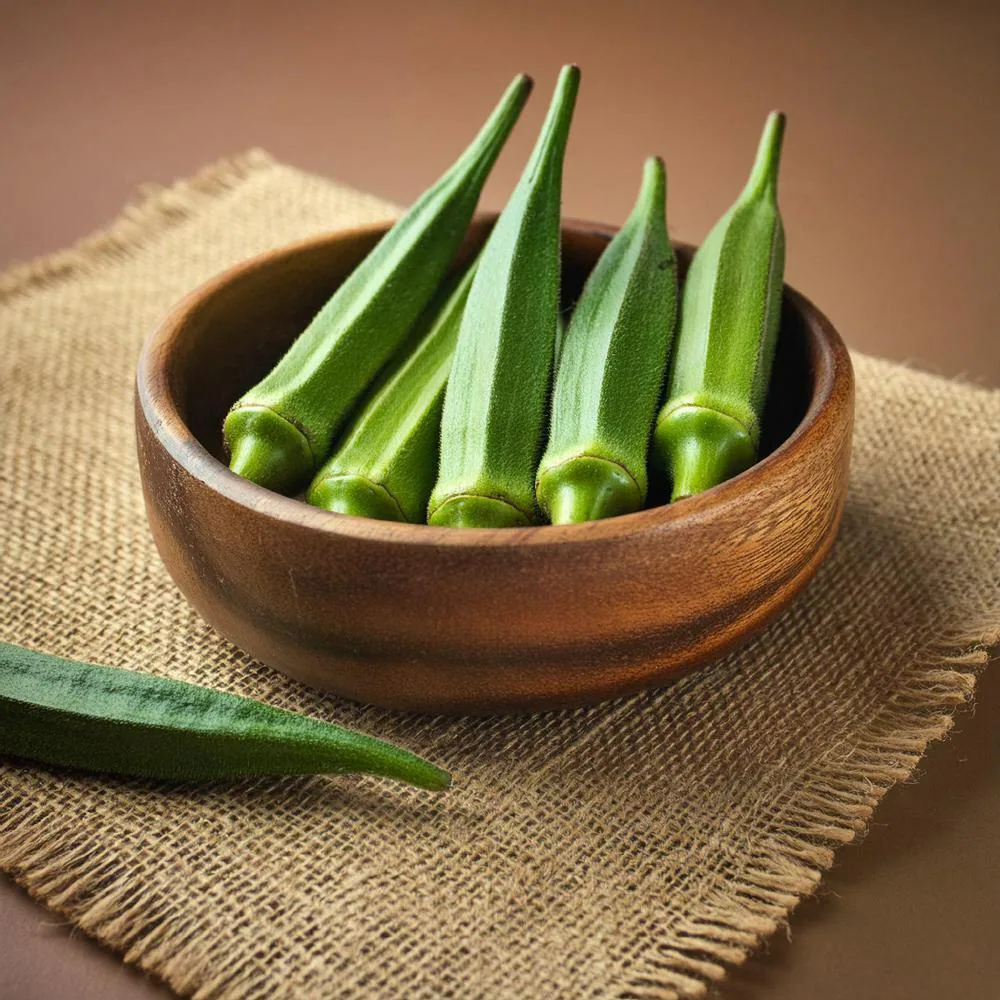
1. Unmatched Scale and Output
India produces around 6.4 million metric tons of okra annually, according to the latest FAO statistics. This makes it not only the largest okra producer in the world but also one of the few countries with consistent year-round cultivation.
2. Major Okra-Producing States in India
The vegetable is cultivated in almost every part of India, but the highest production comes from:
- West Bengal
- Odisha
- Andhra Pradesh
- Gujarat
- Bihar
- Maharashtra
These states benefit from fertile soil, abundant rainfall, and warm temperatures, all of which are ideal for okra growth.
3. Why India Leads the World
a) Favorable Climate
India’s warm and humid climate suits okra perfectly. It thrives in both the kharif (monsoon) and summer seasons.
b) Large Domestic Market
Okra is an essential part of the Indian diet. From bhindi masala to okra fry, it’s a household favorite across regions. Strong domestic demand keeps production high.
c) Government and Research Support
Organizations like the Indian Council of Agricultural Research (ICAR) and various state agriculture universities have developed high-yielding, pest-resistant varieties, such as:
- Arka Anamika
- Parbhani Kranti
- Pusa Sawani
d) Employment and Income Source
Millions of smallholder farmers grow okra as a cash crop because of its short harvest cycle and quick returns. It also supports employment in transport, packaging, and marketing sectors.
Nigeria: Africa’s Okra Giant
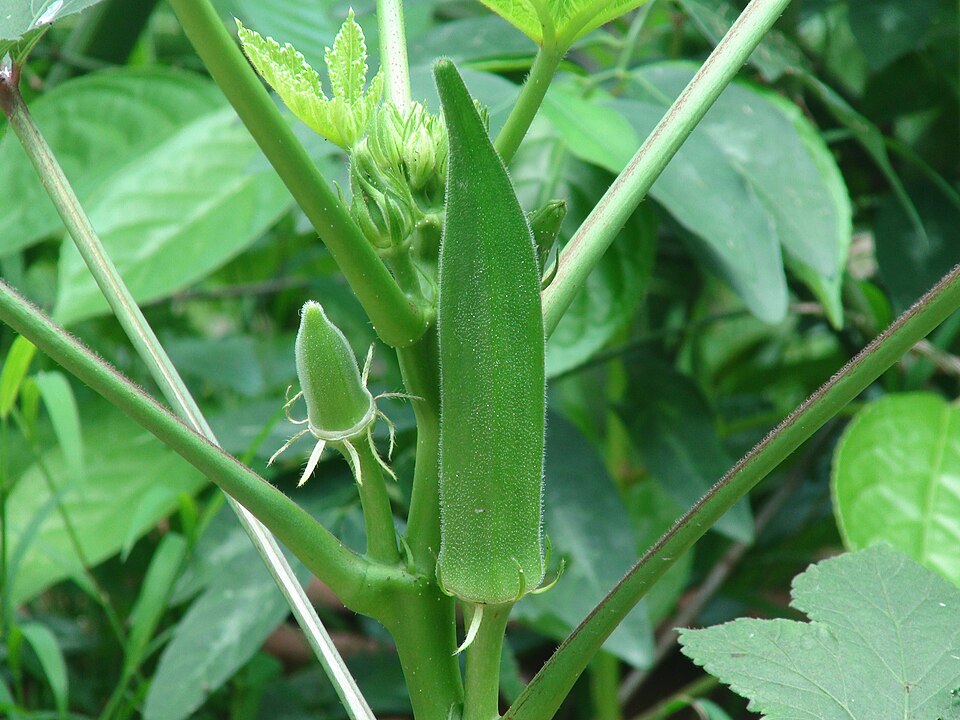
With approximately 2.1 million metric tons annually, Nigeria is the second-largest okra producer globally and the largest in Africa.
Highlights:
- Okra is a staple in Nigerian diets, often featured in soups like okra soup (draw soup).
- It is grown in states like Kano, Kaduna, and Benue.
- Mostly grown by small-scale farmers using traditional farming practices.
- The sector faces challenges like post-harvest losses, lack of cold storage, and market access.
Despite these challenges, Nigeria has immense potential for growth, especially with improvements in irrigation and value-added processing.
Other Notable Producers
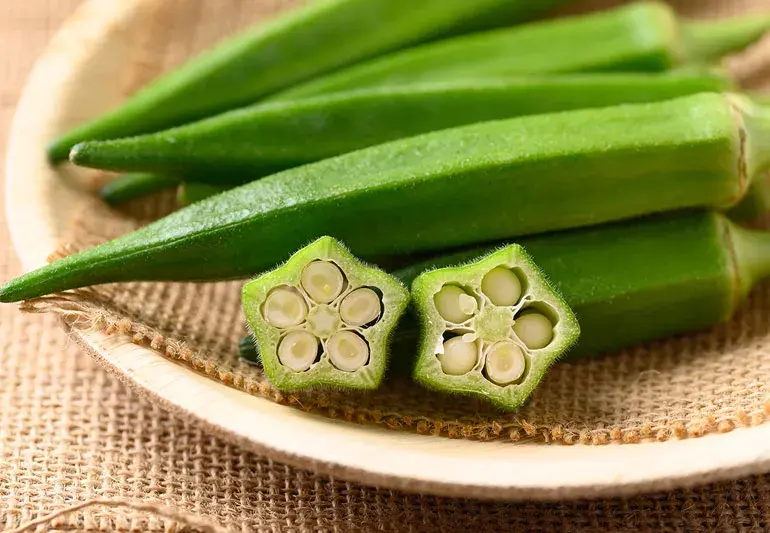
1. Sudan
Sudan ranks third in global okra production. It benefits from the fertile plains of the Nile River and a long growing season. Most okra here is grown for domestic consumption and regional trade.
2. Iraq
Iraq produces nearly 280,000 metric tons of okra annually, mainly in southern regions. The vegetable is part of many traditional dishes in Middle Eastern cuisine.
3. Côte d’Ivoire (Ivory Coast)
A rising okra producer in West Africa, Côte d’Ivoire cultivates the crop for both domestic use and exports to nearby countries.
The Economic Importance of Okra
1. Income Generation
- In India and Africa, okra serves as a quick cash crop, harvested within 50–60 days.
- It’s a reliable source of income for small and marginal farmers.
2. Export Potential
While most okra is consumed domestically, there’s growing export demand, especially for fresh okra in Europe, the Middle East, and the U.S.
Major Exporters:
- India – ships to the UAE, UK, and Qatar.
- Thailand and Vietnam – supply East Asian markets.
- Mexico – exports to the U.S. in large volumes.
3. Processing Industries
Okra is also used in:
- Dehydrated or frozen forms for export.
- Cosmetic and pharmaceutical industries, due to its mucilage, which has thickening and soothing properties.
Health and Nutritional Benefits
Okra is considered a superfood due to its impressive health profile:
- Rich in soluble fiber – helps manage cholesterol.
- Helps regulate blood sugar – useful for diabetes management.
- Boosts immunity – due to high vitamin C content.
- Antioxidants – protect against oxidative stress.
The mucilage also acts as a natural laxative, promoting digestive health.
Challenges in Okra Cultivation
Despite its popularity and demand, okra farming faces several issues:
1. Pests and Diseases
- Major pests: fruit borers, aphids, whiteflies
- Diseases: yellow vein mosaic virus (YVMV) is a serious threat in South Asia.
2. Post-Harvest Losses
- Okra is highly perishable. Without cold storage, it spoils quickly.
- Lack of efficient logistics and packaging worsens wastage.
3. Market Fluctuations
- Prices can be unstable due to overproduction or weather-related disruptions.
- Small farmers are most vulnerable to these market dynamics.
4. Climate Change
- Erratic rainfall and increasing temperatures affect yield and quality.
The Road Ahead: Opportunities for Growth
To strengthen okra production and make it more sustainable, countries are focusing on:
1. High-Yielding Varieties
Research institutions are developing climate-resilient and pest-resistant varieties to increase productivity.
2. Improved Infrastructure
Investments in cold chain logistics, rural roads, and storage facilities can significantly reduce post-harvest losses.
3. Value-Added Products
- Okra chips, powder, and frozen products are gaining market demand.
- Processing can extend shelf life and open new export opportunities.
4. Organic Farming
With global consumers leaning toward organic produce, okra offers great potential as a naturally hardy crop requiring fewer chemical inputs.
Conclusion
When it comes to okra production, India clearly leads the world, producing nearly two-thirds of the global supply. The country’s favorable climate, large consumer base, and supportive agricultural systems have enabled this dominance.
However, other nations—especially Nigeria, Sudan, Iraq, and Côte d’Ivoire—are rapidly expanding their okra sectors, driven by strong domestic demand and growing export potential.
With increasing awareness of its health benefits and culinary versatility, okra is poised to play an even more prominent role in global agriculture. The focus now must shift to sustainable farming, value-added processing, and global market access to ensure this humble vegetable achieves its full economic potential.





